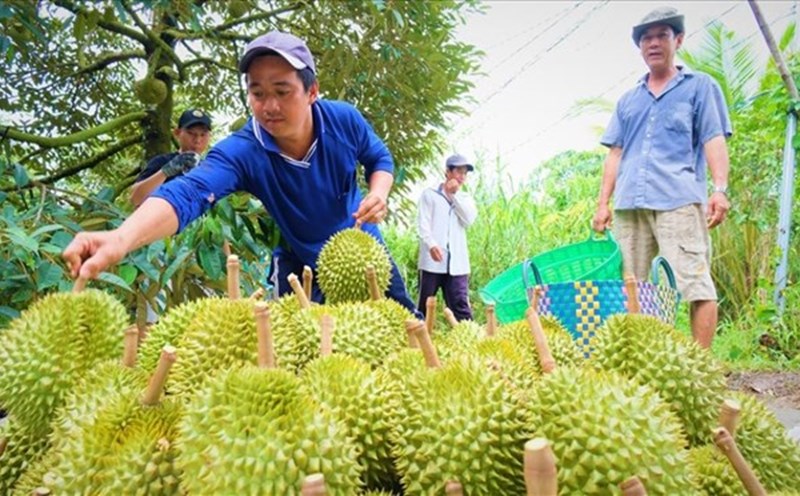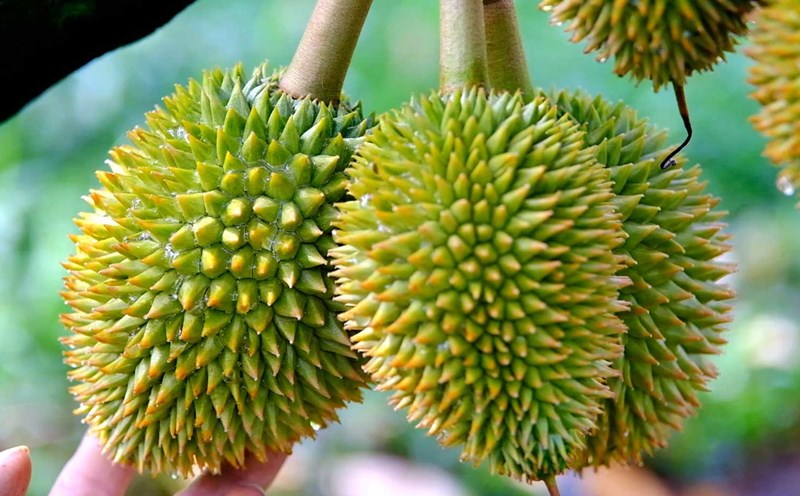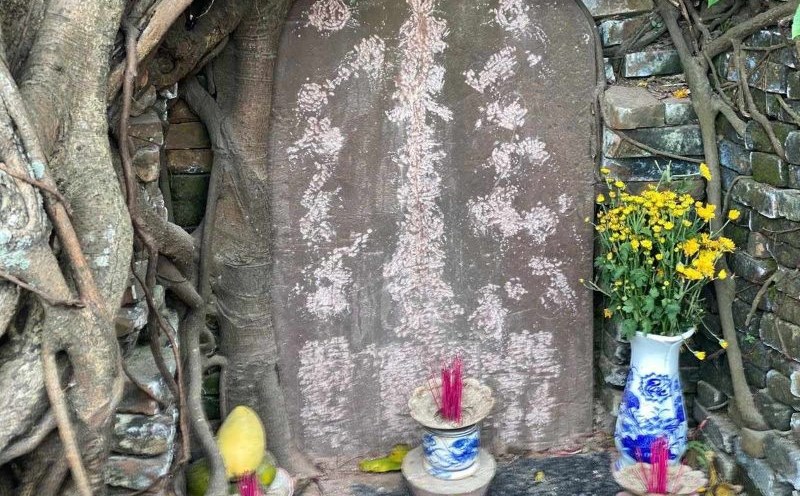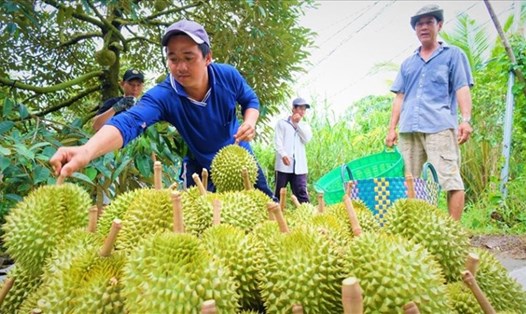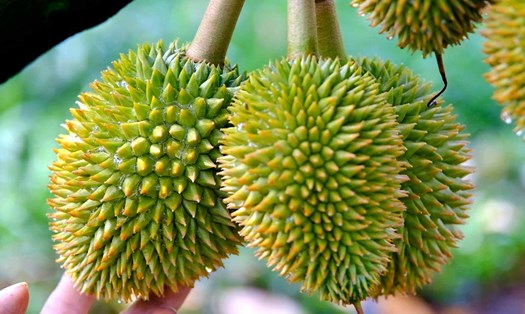This is an urgent proposal that needs to be implemented immediately. Because the Vietnamese agricultural sector is deeply integrating with the international market, durian is the main export product of the agricultural sector in recent years.
Dak Lak alone currently has 37,381 hectares of durian cultivation, with an estimated yield in 2024 of nearly 318,000 tons - accounting for a large proportion of the total durian output of the country.
However, durian exports are currently facing difficulties due to barriers to new technical standards. In reality, every time the import market sets new regulations - from gold ripeness testing, to growing area codes and packaging facilities - businesses are struggling because they are not fully prepared.
This passiveness not only makes it difficult for exports, but also reduces the prestige of Vietnamese durian in the international market. Therefore, the development of a separate standard set for durian is not only an urgent requirement for Dak Lak, but also needs to be implemented for all durian growing areas across the country.
This is especially important as major import markets, typically China, are increasingly tightening regulations on food safety, traceability, growing area codes and strict technical standards.
Therefore, the development of a unified set of standards for durian, not only for Dak Lak, but applied nationwide, will play a "backbone" role in controlling, improving the quality and competitiveness of this commodity.
In the immediate future, the standard set for durian can focus on four main groups of criteria: sensory characteristics and technical specifications for Brix, flavor, color, bag structure, and average volume of fruit.
These indicators help foreign partners easily assess and trust in the quality of Vietnamese durian. Each durian fruit should also have a growing area code, ensuring traceability and avoiding mixing.
Next, the farming and harvesting process needs to comply with safety standards such as VietGAP, GlobalGAP, or other equivalent standards. Parameters on fertilizers, pesticides, isolation time, and harvesting techniques must be strictly regulated.
This is especially important when durian wants to be present in demanding markets such as China, the US, and the EU.
Third is the standards for packaging and transportation facilities aimed at maintaining hygiene, temperature, humidity and clear labeling.
Only when all these preservation and traceability factors are met, can durian maintain its quality when "exported". If cold storage is needed, it is necessary to establish appropriate temperature and humidity indicators to avoid damage during long-distance transportation.
Finally, the criterion for managing and protecting durian brands. To avoid the risk of losing the brand to competitors, or causing confusion among consumers, it is advisable to register for geographical protection or collective trademark protection.
Periodic monitoring and inspection by coordinating with local authorities and associations helps maintain and enhance the reputation of Vietnamese durian in the world market.
Before durian, many major fruits and agricultural products in our country had national standards (TCVN) or geographical indications, such as Binh Thuan dragon fruit, Chu Cao Lanh sand mango, Hoa Loc sand mango, Luc Ngan seaweed...
The success of these models shows that once agricultural products are built with a systematic set of standards, meeting the requirements of international markets will no longer be too difficult.
If done well, durian can completely rival other "big guys" of Vietnam's agricultural products such as dragon fruit, mango, fabric... in sustainable export.



